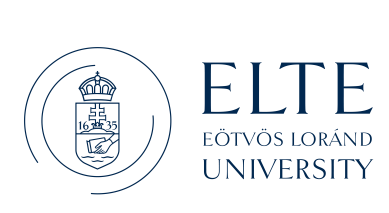
The European Union’s investment screening framework and China – a complicated picture
by Tamás Peragovics
In this paper, our objective was to investigate the relationship between the European Union’s Investment Screening Framework (ISF) and Chinese foreign direct investment (FDI), asking how and to what extent China has shaped the development and operation of this new regulatory instrument. While public and political narratives often interpreted the ISF as a defensive response to the rise of Chinese state-backed acquisitions in strategic sectors, our research reveals a more complex reality. Our central claim is that although China served as the political catalyst for the EU’s investment screening regime, the framework’s actual design and implementation reflect a broad-based security logic that is not focused on China.
We begin by tracing the political origins of the ISF. During the 2010s, several high-profile Chinese acquisitions in Europe—such as ChemChina’s takeover of Pirelli, Midea’s acquisition of Kuka, and Chinese participation in the Hinkley Point C nuclear project—triggered important debate about strategic dependencies, technology transfer, and economic sovereignty. The discussions were often anchored to these takeovers, symbolizing Europe’s growing vulnerability in an increasingly challenging geoeconomic environment. They also helped consolidate political consensus around the need for an EU-wide screening mechanism. Our key finding is that while these transactions were instrumental in creating the political momentum for regulation, they did not translate into a legal framework targeting specifically Chinese projects.
Our empirical analysis draws on European Commission annual reports (2021–2024) to evaluate how the ISF operates in practice. The data show that Chinese investments constitute only a minor share of screened cases—approximately 2.5 % in 2020, compared to 4 % in 2019. Moreover, in the so-called ‘Article 6’ cases (requiring notifying other member states for a possible impact on their security or public order), Chinese-origin projects remain limited in number. Meanwhile, the majority of screened transactions involve investors from traditional partners such as the United States and the United Kingdom. We therefore find that the ISF is not disproportionately directed at China, but rather functions as a general instrument of economic security and strategic risk management.
In the concluding section, we argue that the “China threat narrative” has played a primarily legitimizing role, enabling the EU to pursue broader goals of economic sovereignty and regulatory capacity-building. In addition, the observed decline in Chinese FDI in Europe is potentially attributable to external factors not discussed in our paper—such as China’s own capital control policies and evolving global investment patterns—rather than restrictive EU screening practices. Our interpretation is that China’s significance lies more in its symbolic and catalytic role than in its quantitative weight within the ISF’s operation.
Finally, we highlight the broader policy implications of our findings. The EU’s move toward a more harmonized and potentially mandatory screening regime marks an important step toward its ambition of “open strategic autonomy.” However, this evolution raises key questions about proportionality, institutional coherence, and Europe’s position within an increasingly fragmented global investment order.
Our study thus contributes to the emerging literature on geoeconomic governance by showing how China’s perceived challenge has stimulated, but not dominated, Europe’s regulatory transformation.
 Reference: Peragovics, T., Szunomár, Á. The European Union’s investment screening framework and China—a complicated picture. Asia Eur J (2025). https://doi.org/10.1007/s10308-025-00757-w
Reference: Peragovics, T., Szunomár, Á. The European Union’s investment screening framework and China—a complicated picture. Asia Eur J (2025). https://doi.org/10.1007/s10308-025-00757-w


